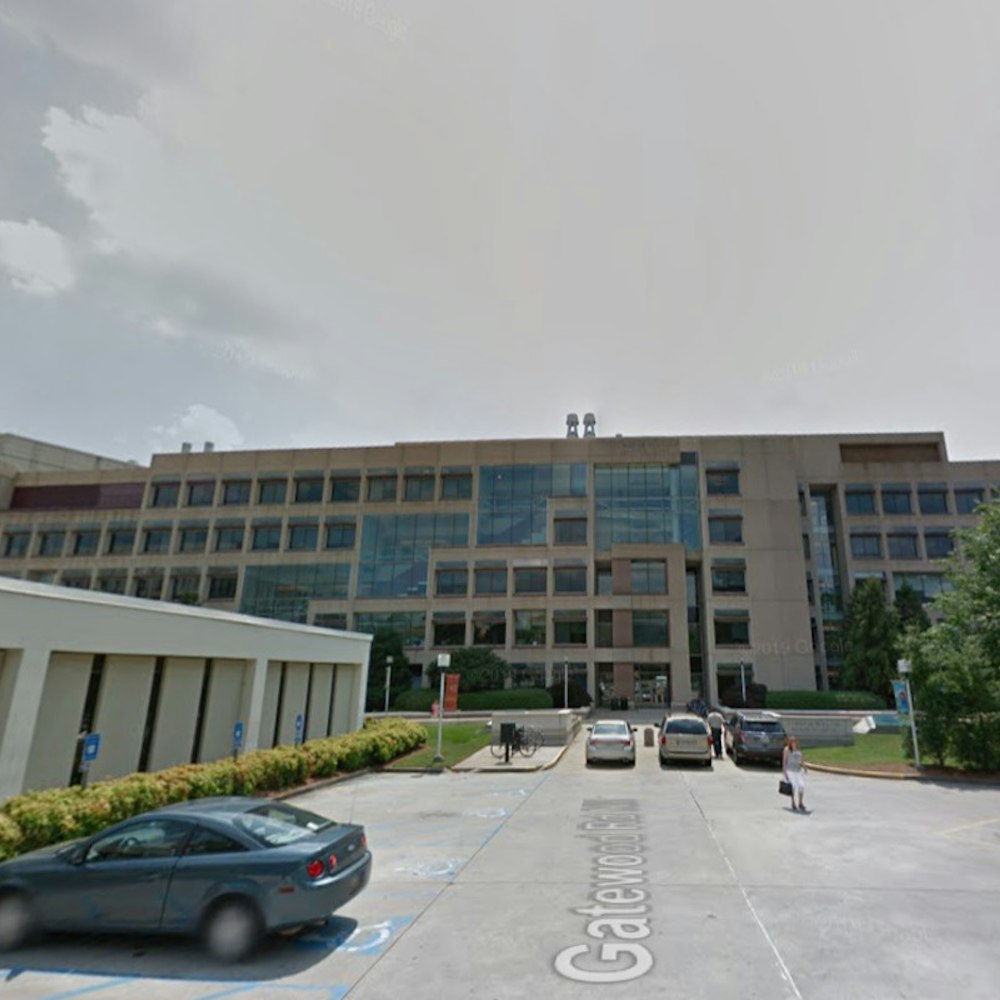
A transgender cultural district is being formed in the Tenderloin, with support from the developer of a major project that will soon span the heart of the preserved area.
District 6 Supervisor Jane Kim yesterday introduced a legislative package to develop the Compton’s Transgender, Lesbian, Gay and Bisexual (TLGB) District, which would span six blocks of the lower Tenderloin and cross over Market to encompass two blocks of Sixth Street.

Kim, who represents the Tenderloin, said her legislation will help preserve an area steeped in the history of the LGBT movement, while sending a welcoming message to trans people that may feel targeted by the current federal administration.
“By creating the Compton’s TLGB District we are honoring this vibrant community built by transgender people, and are sending a message to the world that trans people are welcome here,” Kim said in a press release.
In addition to housing a large population of low-income residents, the Tenderloin is home to a high concentration of the city's homeless population. Kim's legislation notes that the city’s 2015 homeless count found that 30 percent of those on the city's streets are transgender, gender-variant, intersex, lesbian, gay or bisexual, and often struggle to find housing because of prejudice against them.
The announcement on the steps of City Hall yesterday came after a lengthy negotiation with Group i, the developer that is working to demolish four buildings on the 950 block of Market Street to erect a 12-story residential and hotel complex.

As we reported in November, the development scored Planning Commission's approval despite an appeal against the project's environmental review, filed by LGBT activist organization Q Foundation. Following that hearing, Q Foundation director Brian Basinger confirmed that another appeal would be filed.
However, Group i and the Q Foundation announced yesterday that the appeal has been dropped, allowing the project to move forward. The developer has agreed to donate $300,000 to the Compton’s District Stabilization Fund to help support the preservation efforts. Group i will also allow LGBT historians to fully document the existing buildings and further investigate the alleged underground tunnels before demolishment begins.
“Group i is pleased to provide additional resources to the city that will support a TLGB Cultural District associated with Compton’s Cafeteria, a transgender focused community facility and transgender focused businesses in the Tenderloin,” the developer announced via email yesterday.
The firm also said that it will now file applications for building permits and expects to begin demolition of the existing buildings in the coming weeks.
The cultural district would be named after the two-day riot at Compton’s Cafeteria in August of 1966, marking one of the first times a large group of LGBT activists stood up to police harassment in the US.

But the history of the neighborhood’s LGBT population started with the Gold Rush—when many trans- and gender non-conforming people worked in the neighborhood’s brothels—and their story continues today, according to the Compton’s Coalition, a group of neighborhood nonprofits, historic preservationists and activists working to create the TLGB District.
The coalition formed last year, shortly after the Obama Administration designated the Stonewall Inn in New York as a national monument to commemorate the major LGBT uprising that occurred there in June 1969— three years after the riot at Compton’s Cafeteria.
Compton’s Coalition intends to file for historic preservation status in the state registry and is working with Kim to develop a special use district that will create new zoning and building codes in the area. The special use district legislation will be developed through a future community process.

Group i has already selected a neighborhood non-profit, Magic Theater, to occupy a 2,000-square-foot retail space at the corner of Turk and Taylor streets, and has committed to work with the Tenderloin Economic Development Project to identify a local cafe operator to serve theater patrons and the community at large.
Construction of the new development is expected to take approximately two years.


-2.webp?w=1000&h=1000&fit=crop&crop:edges)






